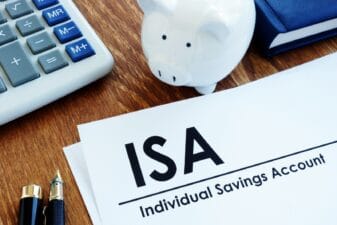In the investment world, there are a large number of styles and methods which can be used to beat the market. Two of the most prominent are income investing and growth investing. In both cases, they do as their names suggest. Income investors seek to maximise their income returns, while growth investors search for stocks that offer high earnings growth rates which could lead to capital gains.
The choice is yours
Of course, individual investors will have their own priorities on whether dividend or growth investing is more suitable for them. For example, an individual who has retired may wish to focus to a greater extent on income investing, since they are likely to be more concerned about a consistent return to fund retirement than long-term capital growth. Similarly, an investor with a longer investment horizon or who is less risk averse than average may be better suited to growth investing.
The pros
One of the biggest advantages of income investing is the regular income it provides. This not only allows many investors to pay their bills out of dividends received, but also opens up an opportunity to reinvest and generate compound returns. In the long run, such returns can add up and make a large impact on total returns. Dividends also provide much-needed cash flow during bear markets, which can be used to buy high quality stocks when they are trading at relatively low prices.
However, growth investing can lead to higher returns than income investing in the short run. For example, during the technology bubble of the late 1990s, growth investing was king. Buying dot.com stocks in that era could have led to returns which dividend investing simply cannot match – even in the long run. As such, investors who are able to time growth investing with an economic boom or a period of exceptional gains for a specific sector can generate stunning returns.
The cons
Of course, with the potential for higher returns comes higher risk. Growth investing can lead to major losses during more challenging periods for the economy or for specific sectors. For example, those same technology stocks which recorded three and even four-figure percentage gains for investors in the late 1990s often recorded 100% losses in the early 2000s. As such, there is a relatively fine line between success and failure in growth investing, which can be difficult to get right.
Dividend investing is arguably more forgiving than growth investing. Timing is not so important. However, the quick, super-sized returns of growth investing are highly unlikely in income investing. Therefore, it can take years and even decades to build a portfolio which is large enough for retirement. And since dividend cuts can take place, income investing may be riskier than many investors realise.
Outlook
In 2017, dividend investing could prove popular because of the uncertainty facing the global economy. Investors may seek lower risk stocks which offer a relatively stable and consistent return. However, growth stocks could also perform well as higher inflation may take hold in the global economy. This may lead to an insatiable appetite among investors for companies which can deliver above-inflation rises in profitability. As such, both styles have their merits and a mixture of the two could prove to be a sound plan, depending on an investor’s risk profile and time horizon.







